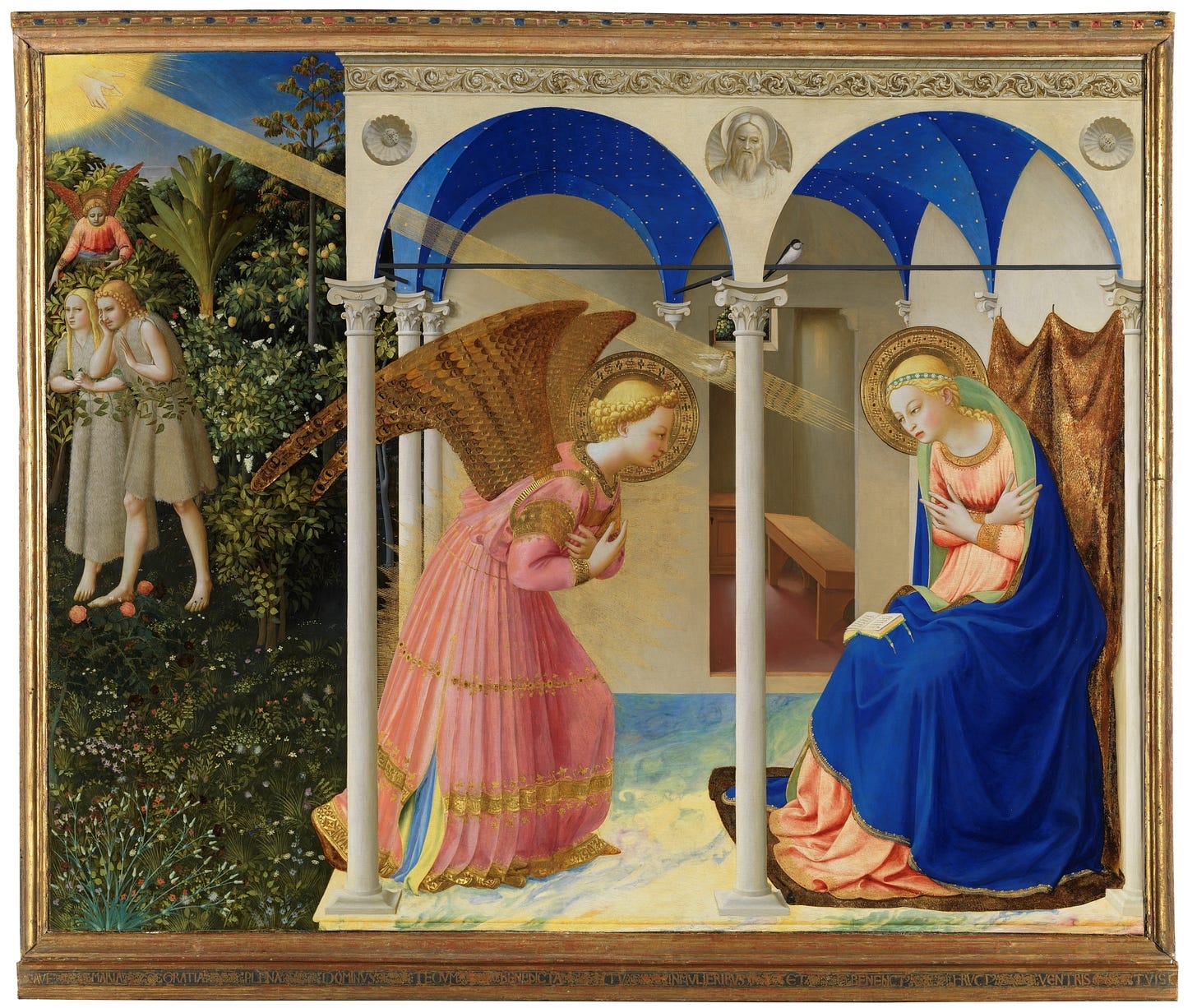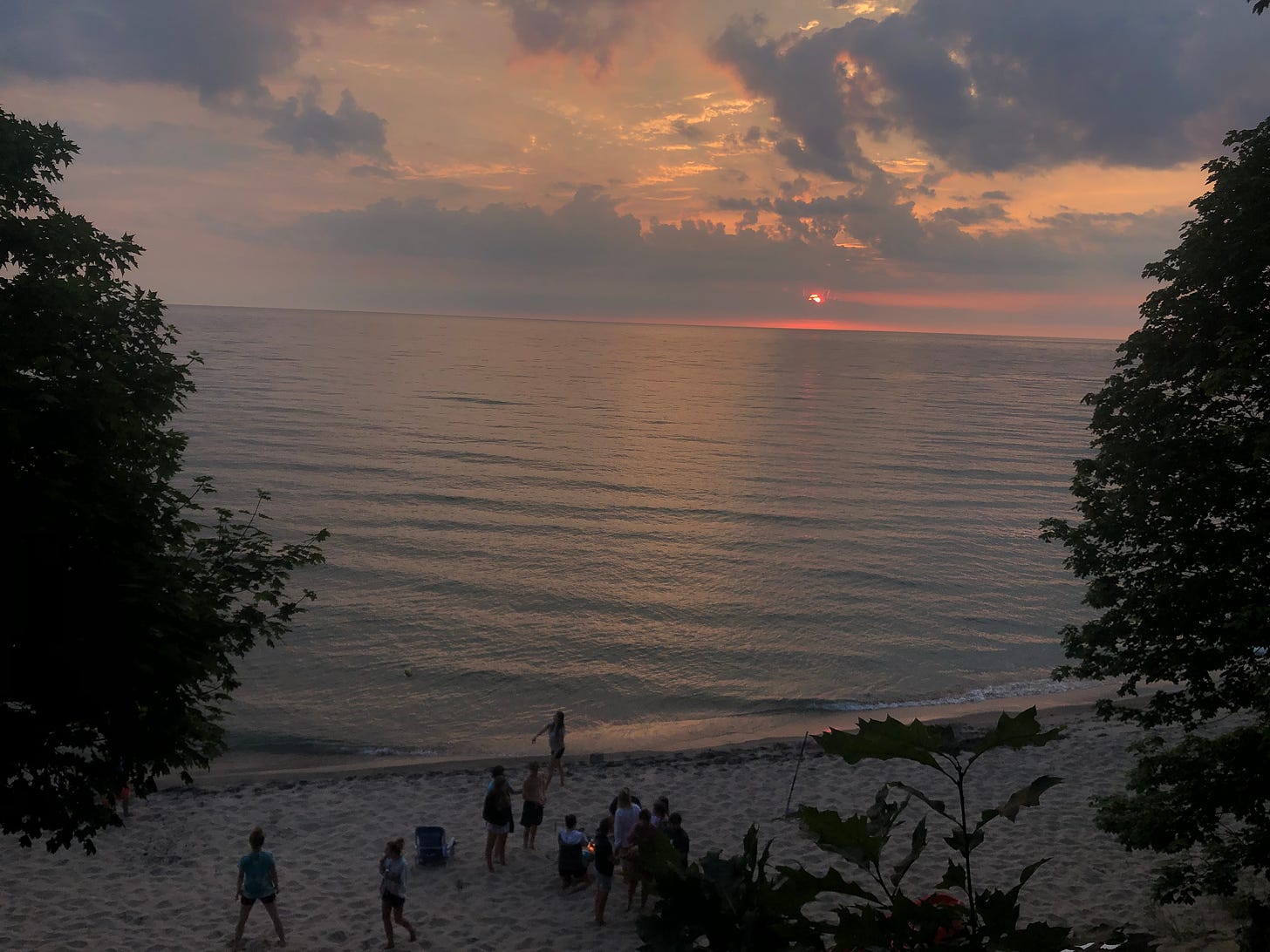“The discipline of creation, be it to paint, compose, write, is an effort towards wholeness.”
I am back, Substack friends! And writing a quick review for Walking on Water by Madeleine L’Engle (yes, A Wrinkle In Time L’Engle!). Walking on Water is one of L’Engle’s more well-known nonfiction works, about faith and art. I read it on the shore of Lake Michigan a few weeks ago while vacationing with family, and while I normally read something fast-paced and fictional during that week off, I’m glad that this particular deviation came to pass.
Walking on Water was published in 1980. Until then, there had been very few non-academic publications around the topic of art & faith, save for Francis Schaeffer’s Art and the Bible (published in 1973). Like many of his other books, Schaeffer’s work is apologetic in tone; he defends the case for art in the Bible and artists in the body of Christ, specifically drawing from the account of Bezalel in Exodus 31. And it’s quite good, but Walking on Water is a different thing entirely. Since L’Engle is a storyteller, she tells our story, and God’s.
It’s a unique read, because Walking on Water communicates both a deeply needed understanding of the practicing artist and a nonjudgmental encouragement to the aspiring artist. I’m convinced that only a truly seasoned writer can write so generously to multiple audiences, but L’Engle has been writing this way from the start. A Wrinkle in Time is a book for both children and adults.
(A side note: Walking on Water provides a vulnerable window into L’Engle’s authoring process on Wrinkle, and also her rather harrowing journeys in publishing. She encountered quite a bit of failure before success. This is an encouragement of sorts.)
Throughout Walking on Water are gentle reminders of the discipline that art making takes, which was the most convicting – and moving – piece of the work for me. We will not make good art without daily work, L’Engle writes: the daily work that is nothing special or glamorous or even worthy of being published to a rather meager Substack. Walking on Water reminds the artist to value the art as a vocation, and to work at it every day as if it is important (which it is). It is “feeding the lake” – contributing one’s art to the greater mass of art that has already been created. “No trickle is too small,” she says.
Walking on Water was an important read for me. I’m increasingly aware of my own reluctance to share my inner life with others – to include artwork, writing, etc. – even though that inner life is lively. I assume that others will either be unable or unwilling to make the effort to understand. I fear the response, but then I hardly create at all.
L’Engle offers a counterintuitive response, saying that it is actually more selfish and self-absorbed to live this way: ideas hidden, work unshared. She says the artistic process should be an act of obedience unto the Lord. We are to “serve the work” by saying yes to the inspiration and creative calling that has been given to us, with that same spirit of willingness that Mary had at the Annunciation.

And doesn’t that obedience, that saying yes to the Lord and our identity through him, pay off in a greater freedom? L’Engle responds with a resounding yes. Telling true stories – “living life creatively instead of fearfully” – is the privilege of the believer.
“Such awareness came to the prodigal son when he realized he was more than a starving swineherd. What led him home was his becoming aware that he was also his father’s son. Yet his awareness of sonship was enough to make him journey homewards.”
This book bolstered me in my artmaking, but also simply in my faith. Read it, friends! And you’ll see me around these parts more often, now. I’m trying to serve the work, be obedient to Christ, feed the lake. And I hope you will, too, where you are.
Let’s create cosmos from chaos.






